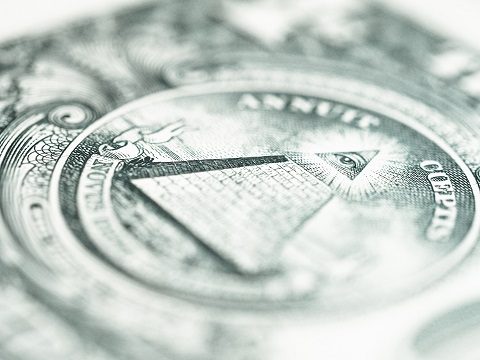
Fed Up With the Taylor Rule?
12/19/2022
As we approach the New Year, it is customary to wish others happiness, peace, and prosperity. My wonky wish for us all is that we do not receive first-hand experience of the Taylor Rule.
What is the Taylor Rule? It is a rules-based method proposed by Stanford professor of economics John Taylor for the Federal Reserve (the “Fed”) to set interest rates. The approach is different from the discretionary method currently used by the Fed. While there are different versions of the Taylor Rule, they are all based on the simple principle that higher interest rates are needed when economic growth and/or inflation are running above average, and vice versa.
While Taylor Rule may be more objective than the Fed’s current discretionary model, my concern is how the implementation of the Rule would impact the timing and magnitude of rate increases. If implemented today, versions of the Rule would have Fed Funds rates over 7%. At this writing, the Fed Funds rate has just been raised to 4.5%, and the Fed has started to slow the pace of hiking.
My concern is not without basis. Last month, the Fed’s highest profile rate hawk (hawks prefer higher rates, doves prefer lower rates), St. Louis Fed Chief Jim Bullard, argued that to get to “sufficiently restrictive rate policy,” the Fed may need to follow the Taylor Rule and raise rates perhaps to more than 7%, right now!
If you follow the talk out of the Fed – and I sincerely hope you do not – you may know that Jim Bullard’s views have heavily influenced recent Fed policy. Early in the year, when expectations for rates in December 2022 were 1%, he was advocating rates of 3.5% or higher by year-end. He was also the first to suggest 75 basis point hikes. They subsequently became the norm.
There is cause, however, for hope from the growing chorus of voices expressing concern over both the rapid pace with which rates have been raised, and the level of rates. Charles Evans, Chicago Fed Chief, is a notable dove and recently made the case that, due to the lagging impact of rate hikes, the Fed should be patient lest it overshoot and hike too fast and far. Evans is leaving the Fed, but his successor, Austan Goolsbee, is similarly dovish. Under the Fed’s rotation of voting, Goolsbee will have a vote next year, while Bullard will not.
Even Bullard has shown a willingness to reverse course in the past. In early 2019 he was pushing for higher rates. By the Fall of that year, amid signs of economic weakness, he was the one making the case for steeper rate cuts of 50bps vs. the 25bps consensus at the time.
Still, I hope rates will not be pushed so high that a quick reversal becomes the only way to avoid catastrophe. And as a result, we all enjoy happiness, peace, and prosperity without any Fed-induced drama.
Jeff Buck


